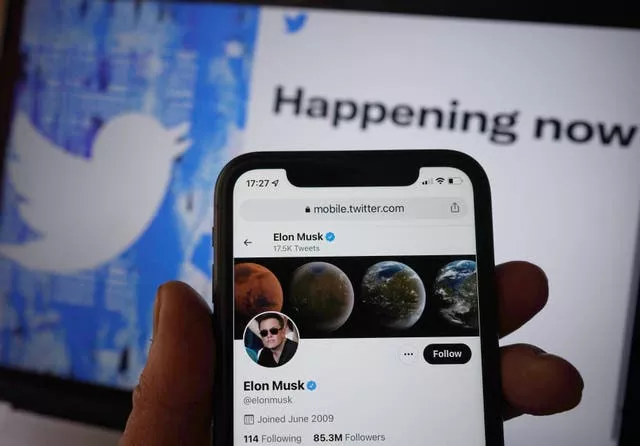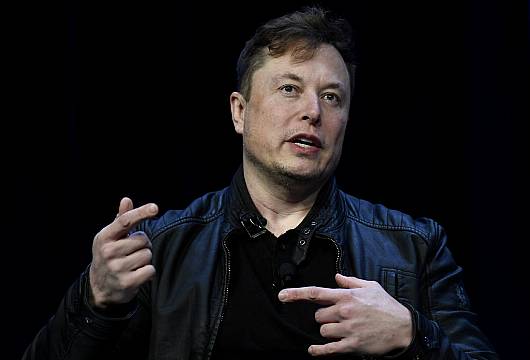Elon Musk is threatening to walk away from his 44 billion dollar (£35bn) bid to buy Twitter, accusing the company of refusing to give him information about its spam bot accounts.
Lawyers for the Tesla and SpaceX CEO made the threat in a letter to Twitter dated Monday. That letter was included in a filing from Twitter with the Securities and Exchange Commission.
The letter says Mr Musk has repeatedly asked for the information since May 9, about a month after his offer to buy the company, so he could evaluate how many of the company’s 229 million accounts are fake.
Shares of Twitter Inc tumbled more than 5% at the opening bell on Monday.
A message was left on Monday seeking comment from Twitter.

The lawyers say in the letter that Twitter has offered only to provide details about the company’s testing methods. But they contend that is “tantamount to refusing Mr Musk’s data requests”.
Mr Musk wants data so he can do his own verification of what he says are Twitter’s lax methodologies.
The lawyers say that based on Twitter’s latest correspondence, Mr Musk believes the company is resisting and thwarting his information rights under the April merger agreement.
“This is a clear material breach of Twitter’s obligations under the merger agreement and Mr Musk reserves all rights resulting therefrom, including his right not to consummate the transaction and his right to terminate the merger agreement,” the letter says.
Twitter CEO Parag Agrawal has said the company has consistently estimated that fewer than 5% of Twitter accounts are fake.
Twitter has disclosed its bot estimates to the US Securities and Exchange Commission for years, while also cautioning that its estimate might be too low.
The bot problem also reflects a longtime fixation for Mr Musk, one of Twitter’s most active celebrity users, whose name and likeness are often mimicked by fake accounts promoting cryptocurrency scams.
Mr Musk appears to think such bots are also a problem for most other Twitter users, as well as advertisers who take out ads on the platform based on how many real people they expect to reach.







